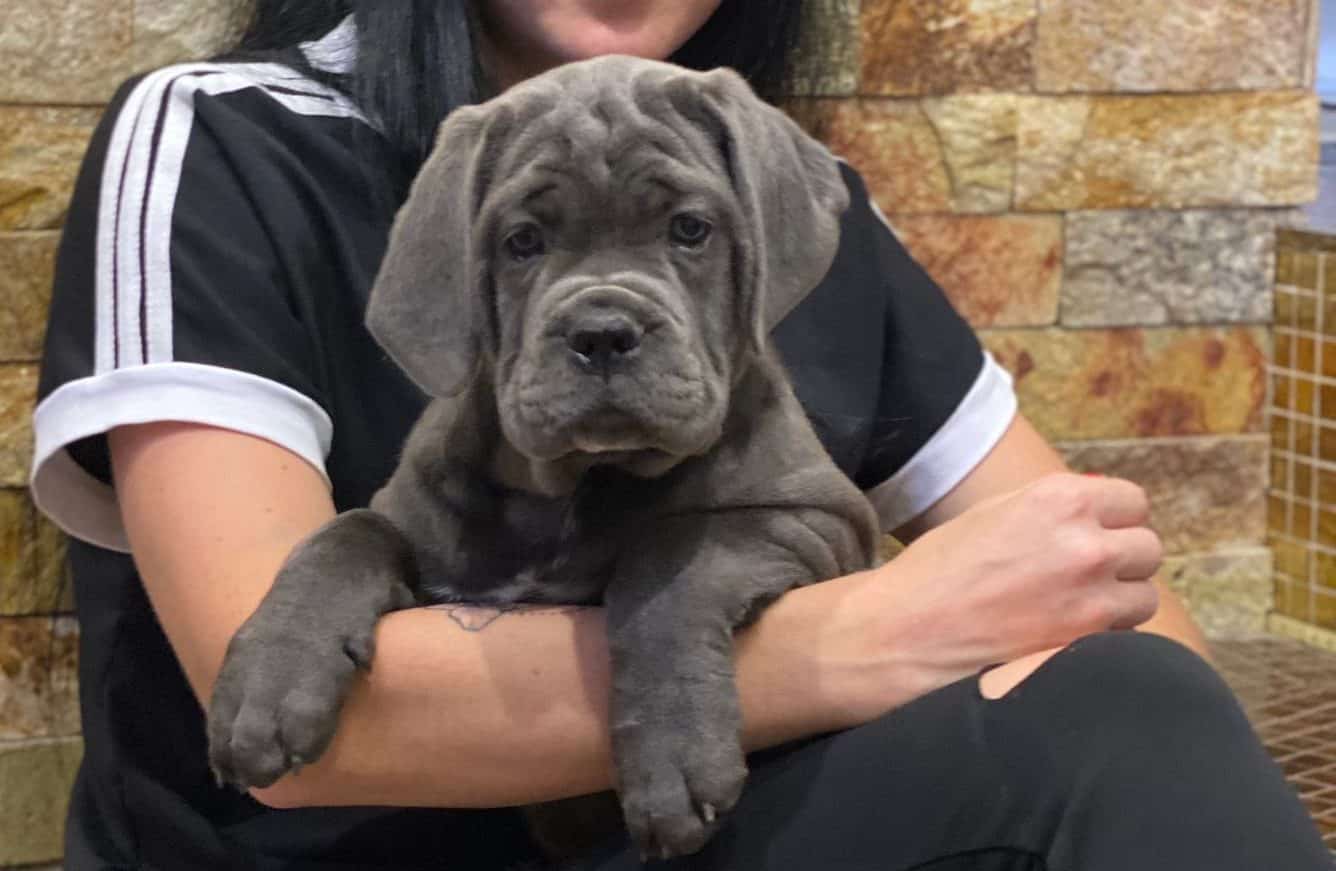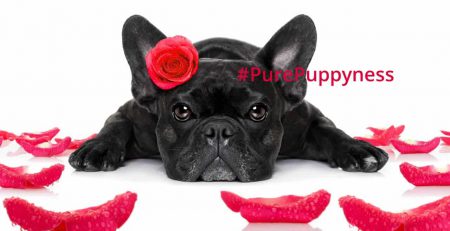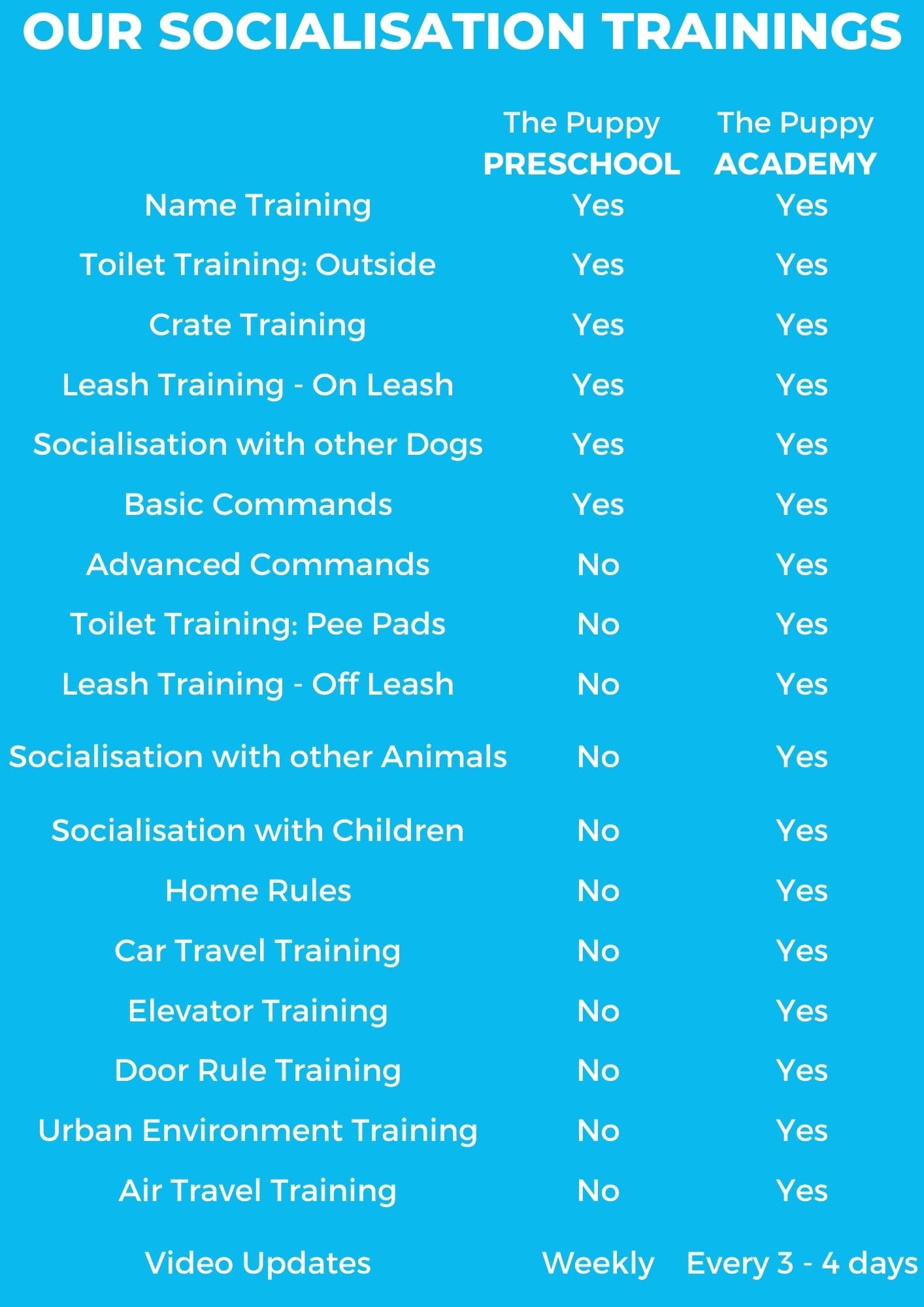Welcoming A New Puppy
You’ve wanted a puppy for ages and now it’s finally happening. You did the research, discussed the pros and cons of different breeds, and visited breeders in search of the perfect pup. Everything is almost ready for your new best friend to home, except for one small detail: you have no idea how welcoming a new puppy! Fear not, because we’ve put together this short guide to help you get ready for your new dog.
What to buy
- Food: Make sure you’ve got some suitable puppy food at home. It’s worth asking the breeder what they feed their puppies, as feeding the same food can help avoid an upset stomach for your pup. If you want to switch to a different brand or type of food, try transitioning slowly. You can ask your vet what food they recommend.
- Dog crate: Crate training is growing in popularity, and for good reason. A crate is a place where your puppy can feel safe and secure, and it can also be very helpful when house training him/her.
- Dog bed or blanket: A nice comfy bed or blanket for your pup to snuggle with at night
- Bowls: A water bowl and a food are essential. They should be the right size and shape for your dog; for example, dogs with long floppy ears often prefer taller bowls because their ears don’t get in the way.
- Puppy housetraining pads: Absorbent puppy pads can very helpful for toilet-training your puppy, though old newspaper will do in a pinch.
- Soft collar and leash: For when your pup is ready to go on walks in the great outdoors.
- Selection of toys: Get a few different kinds of toys to see what your puppy prefers. Some good ideas are teething toys, Kongs, and puzzle feeders.
- Grooming supplies: no need to go crazy, just nail trimmers, a brush and a comb are enough for most dogs. If your pup’s coat needs special care, you can take them to a groomer.
- OPTIONAL: Dog gate or baby gate: a new puppy with little to no “house-training” may inadvertently make a mess. For your puppy’s safety (and your sanity), it can be useful to have a gate to sequester your pup in a particular area of the house until he/she learns how to behave.
How to prepare his/her place
Once you’ve got all the equipment, it’s time to set up an area for your puppy. To start with, your puppy will need a sleeping area and a toilet area. The sleeping area can be their crate, though you can also set up a dog bed. The toilet area should be lined with absorbent pads. To begin with, the sleeping and toilet areas should be close together, but as your dog grows up you can move them apart. With older dogs, you should be able to get rid of the toilet area as their bladder control improves.
It is important to decide what the rules for the puppy will be before he/she arrives. Will the dog be allowed on the sofa, or on people’s beds? Who will walk the dog, or clean up after them? What time will you feed and walk the dog? It is essential to discuss all of this beforehand, and to come up with a rough schedule for your puppy’s day. Animals prefer routine, and your puppy will find it comforting to know what to expect every day.
Booking the vet in advance
You should take your puppy for a check-up within 48 hours of their arrival. Be sure to you’re your puppy’s appointment in advance to make sure you get a spot. Depending on the puppy’s age, he/she may need vaccines, and you will also need to register your puppy with your local vet clinic. It’s also important to get the puppy micro-chipped.
What to do when the puppy arrives
For the first few days, your puppy will do best in a calm environment. Once he/she is more confident in their new home, you can invite friends and family over to meet the new puppy.
When your puppy arrives, he or she may be a little overwhelmed, partly by the journey, and partly by the separation from their mother and siblings. The pup will probably appreciate the chance to calm down in a safe cosy place, and now is a good time to introduce the crate. If you can, have a t-shirt or towel with the scent of the puppy’s mother. You can leave your puppy in their crate for a little while to let them get used to their new home.
Puppies do not have good bladder control, and there are bound to be a few accidents. You can reduce the number of accidents by taking your pup to a designated toilet area throughout the day. This area should have newspapers or absorbent pee pads laid down. If your puppy uses this toilet area, praise them!
As night falls and bed time approaches, let your puppy wind down: an excited puppy will not want to sleep. It may be a good idea to let your puppy sleep in your room for the first few nights until they get used to their new home. You can set up the dog crate or a bed in your room. Ideally your puppy should urinate before bed time, so take them to the designated toilet area and encourage them to go. You can then put your puppy in their crate and give them a treat, then leave him/her be. He/she will probably whine or cry; reassure them briefly, then ignore them until they stop whining. Reward the puppy with a treat when they are quiet.
Some people like to set up a hot water bottle wrapped in a fluffy blanket for the puppy, as the warmth and fuzziness reminds the puppy of his/her mother. An old clock hidden under the blanket makes a comforting ticking sound, similar to the mother dog’s heartbeat.
Even if your puppy is angelic, you may need to get up a few times to take them to relieve themselves, though if the crate is large enough you can place a few pee pads in one corner.
You’ll need to be patient with your puppy. They are still very young and inexperienced. Naughty behaviour usually happens because your puppy has no idea what the right or wrong thing to do is. Stay calm with your puppy, and don’t shout at them when they make a mistake. If you’re not sure where to begin with training, it’s worth enrolling in puppy training classes.
If you are considering changing the name of your puppy, this article might help.






















